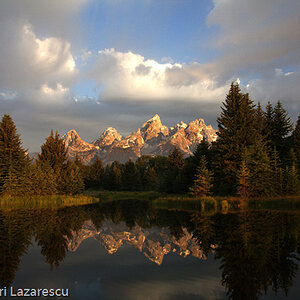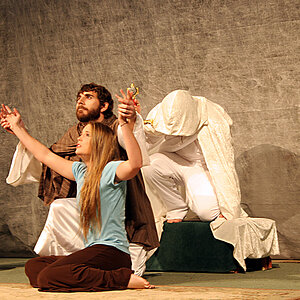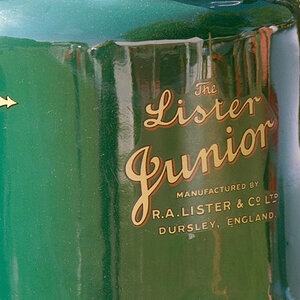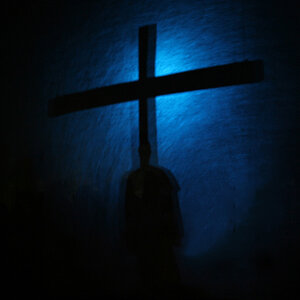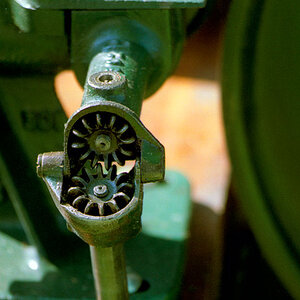tedgtfan
TPF Noob!
- Joined
- Jun 13, 2007
- Messages
- 69
- Reaction score
- 0
- Location
- Atlanta, Ga.
- Can others edit my Photos
- Photos OK to edit
Say you have a lens that is F3.5-5.6 and one that is f2.8. The lower numbers being full open. Now if they are both full open why are the numbers different? The apeture being the hole size inside the lens, are some made partionally closed or is it the diameter of the glass that determines the aperature rating? Seems to me that if they are both full open then the numbers should be the same.




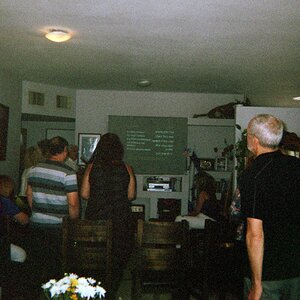


![[No title]](/data/xfmg/thumbnail/36/36966-71220579619c9a335442302fce0e57aa.jpg?1619737842)
